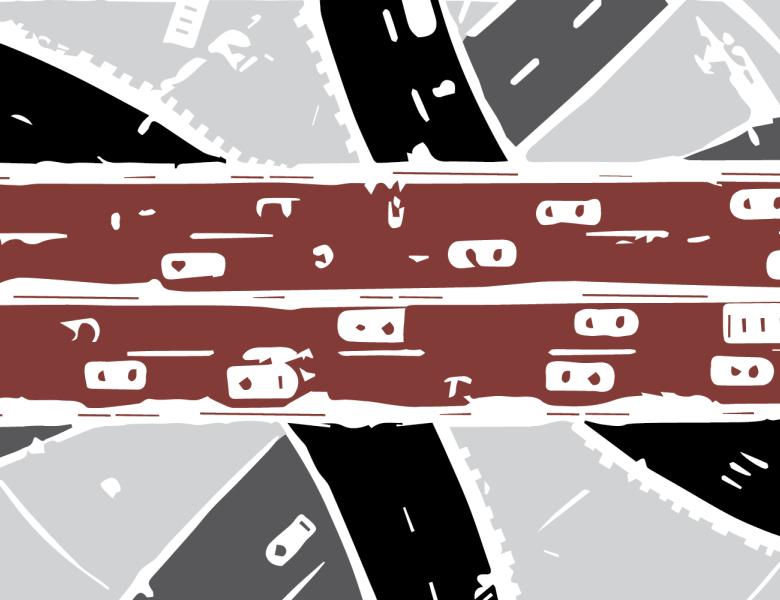
Abstract
Mechanism design studies the design of incentive structures in order to achieve a desired objective in the presence of strategic agents. It has a wide range of applications including online auctions, transportation systems and energy markets. Most work in mechanism design assumes that agents are risk neutral. For example, one of the most celebrated results in mechanism design, Myerson's characterization of the revenue optimal auction for selling a single item implies that the optimal revenue can be achieved via a simple auction. However, this is no longer the case if the agents exhibit risk-aversion, where the optimal auction can be quite complicated.
While risk-aversion is usually exhibited for larger rewards, behavioral studies have shown as well as existing practices in transportation systems and demand response protocols that agents exhibit risk-seeking behavior when the stakes are low. We analyze the optimal auction for risk-seeking agents and show surprisingly that it is quite simpler compared to its risk-averse counterpart. Finally, we discuss further directions in mechanism design beyond risk neutrality including different models for risk as well as risk-robust optimization.


